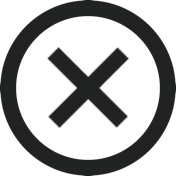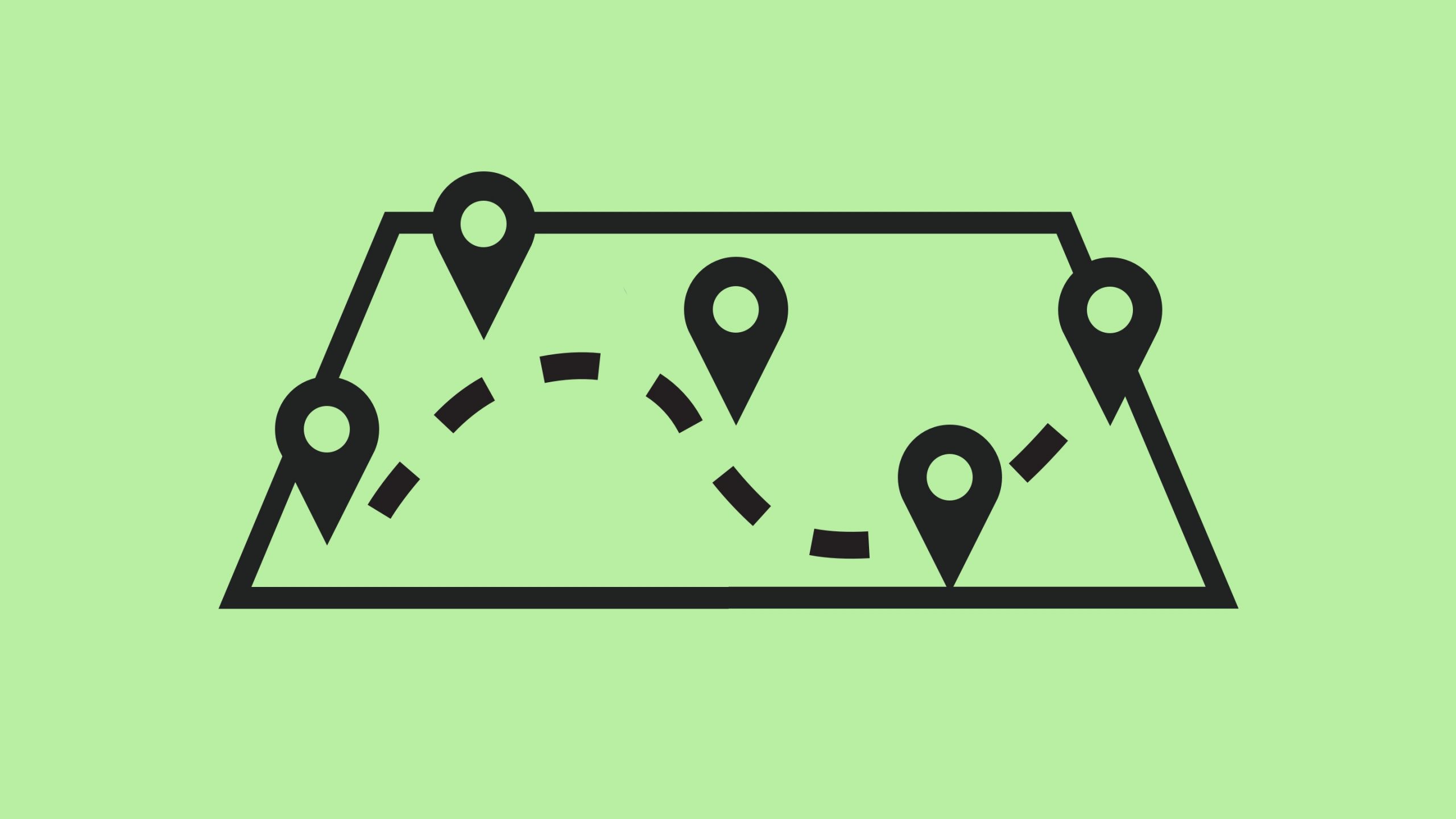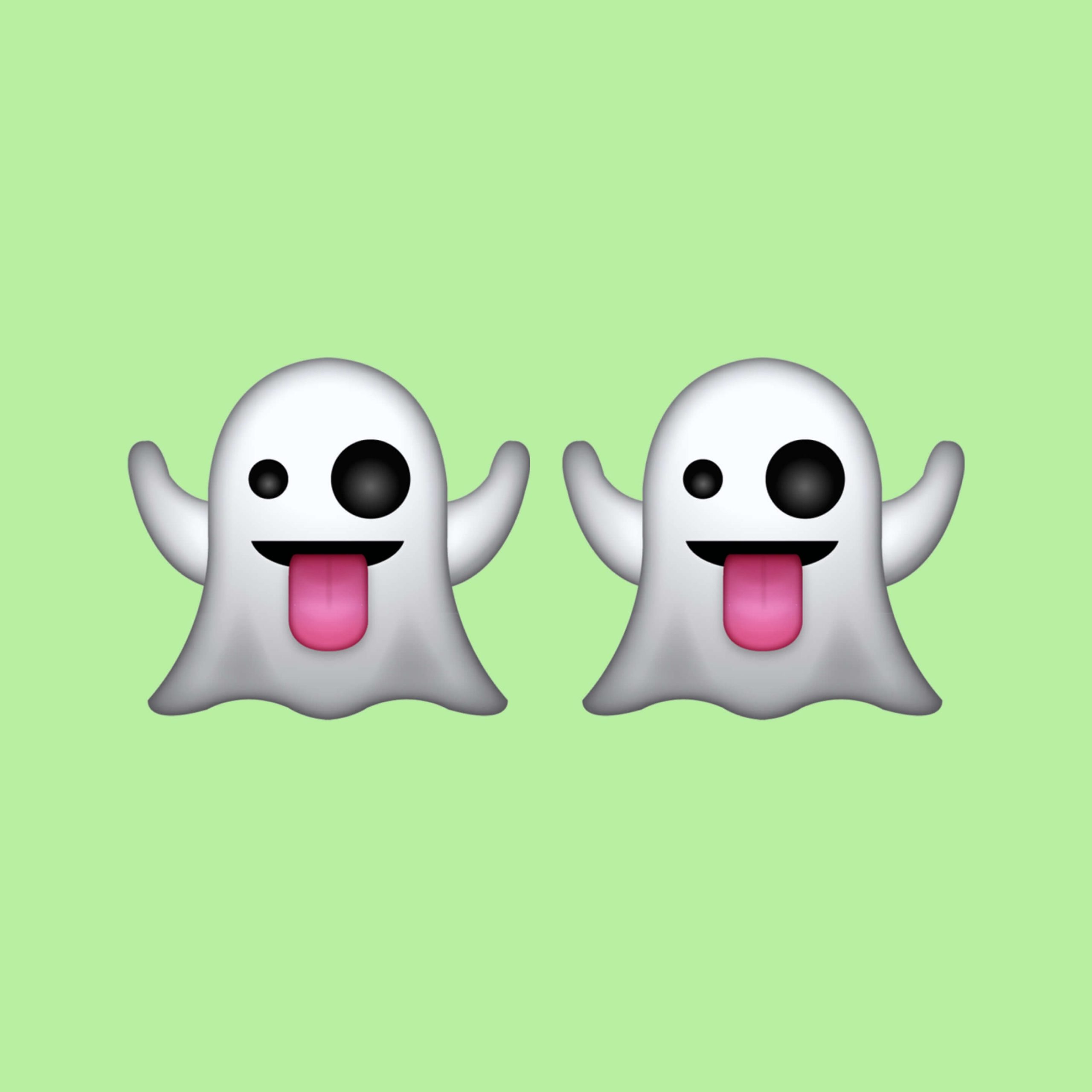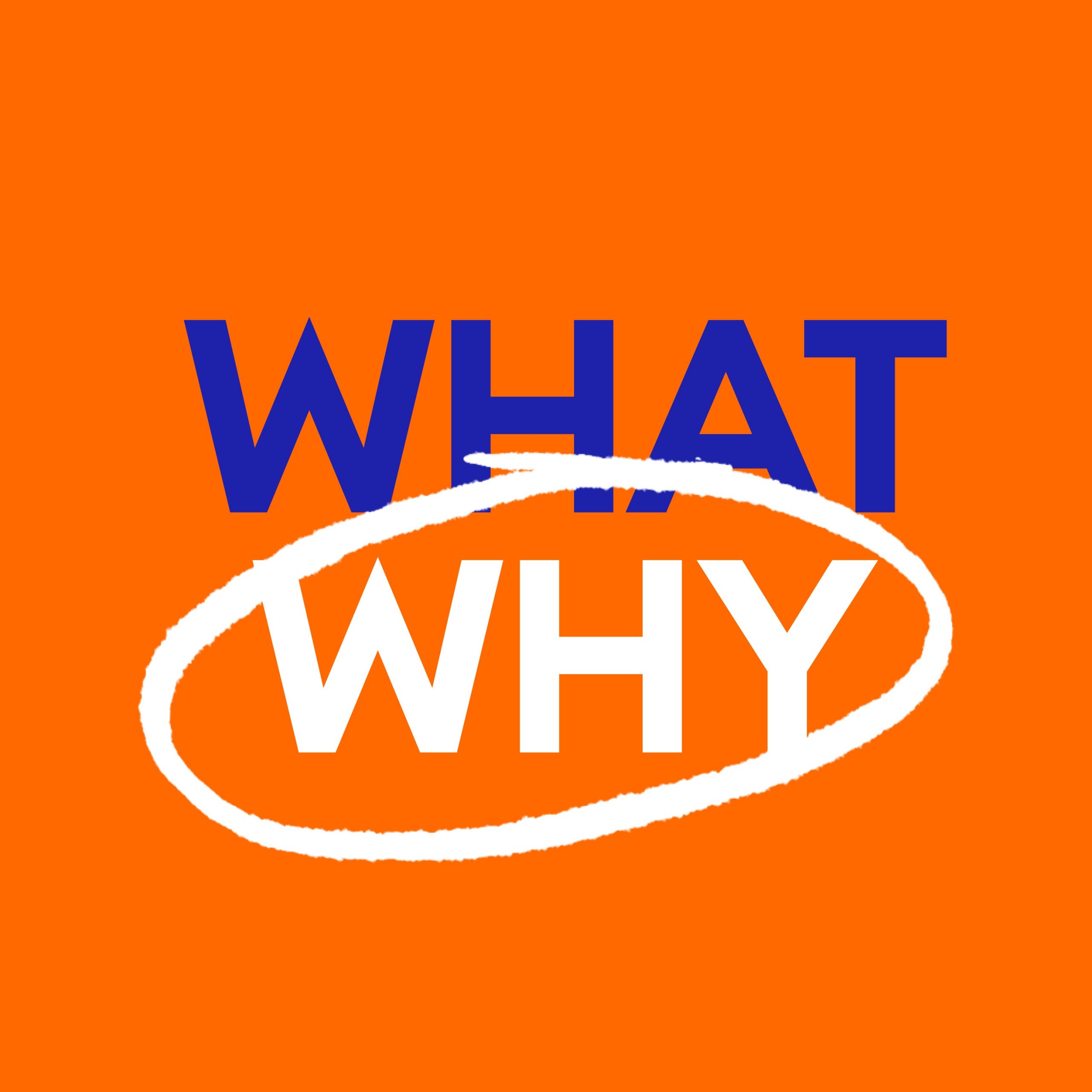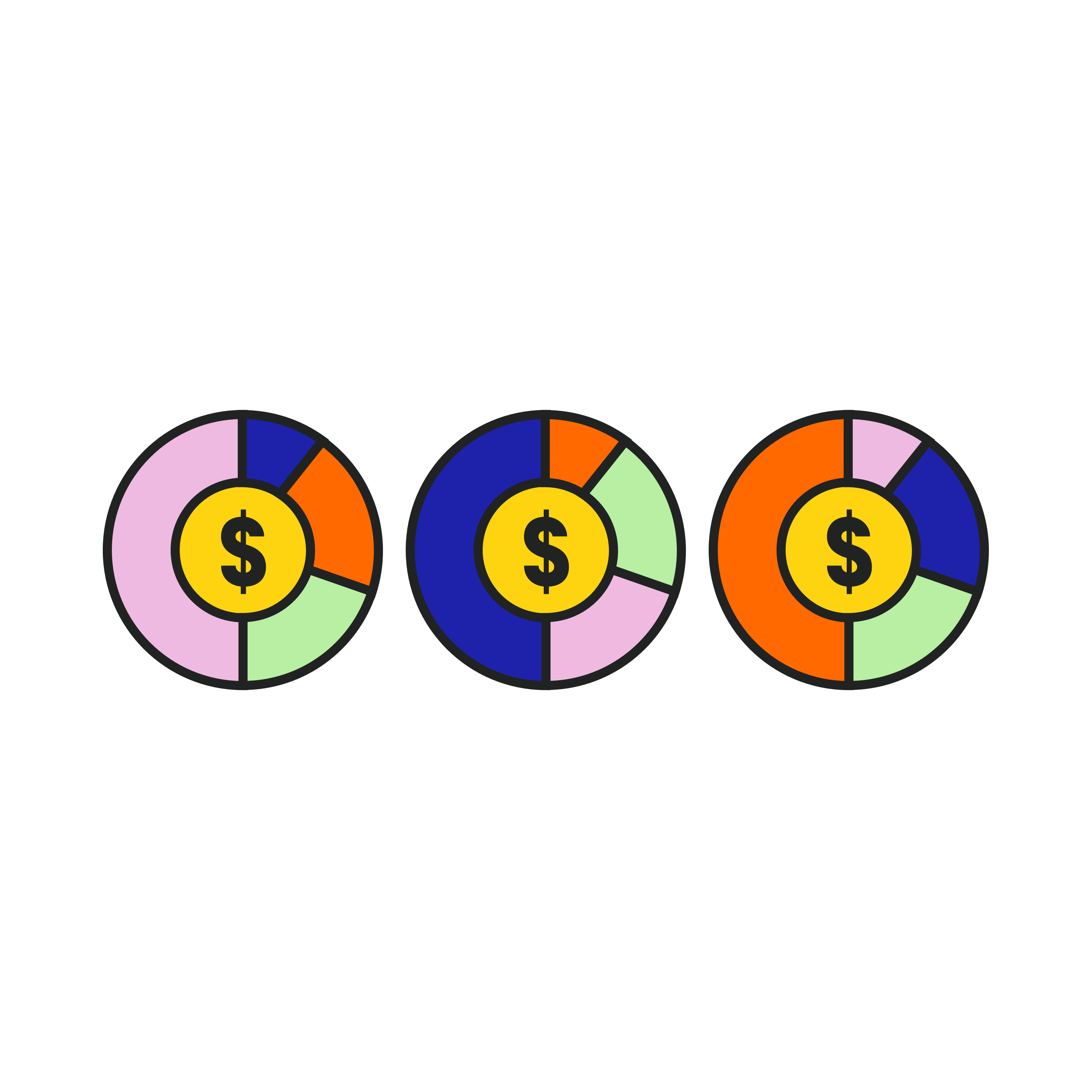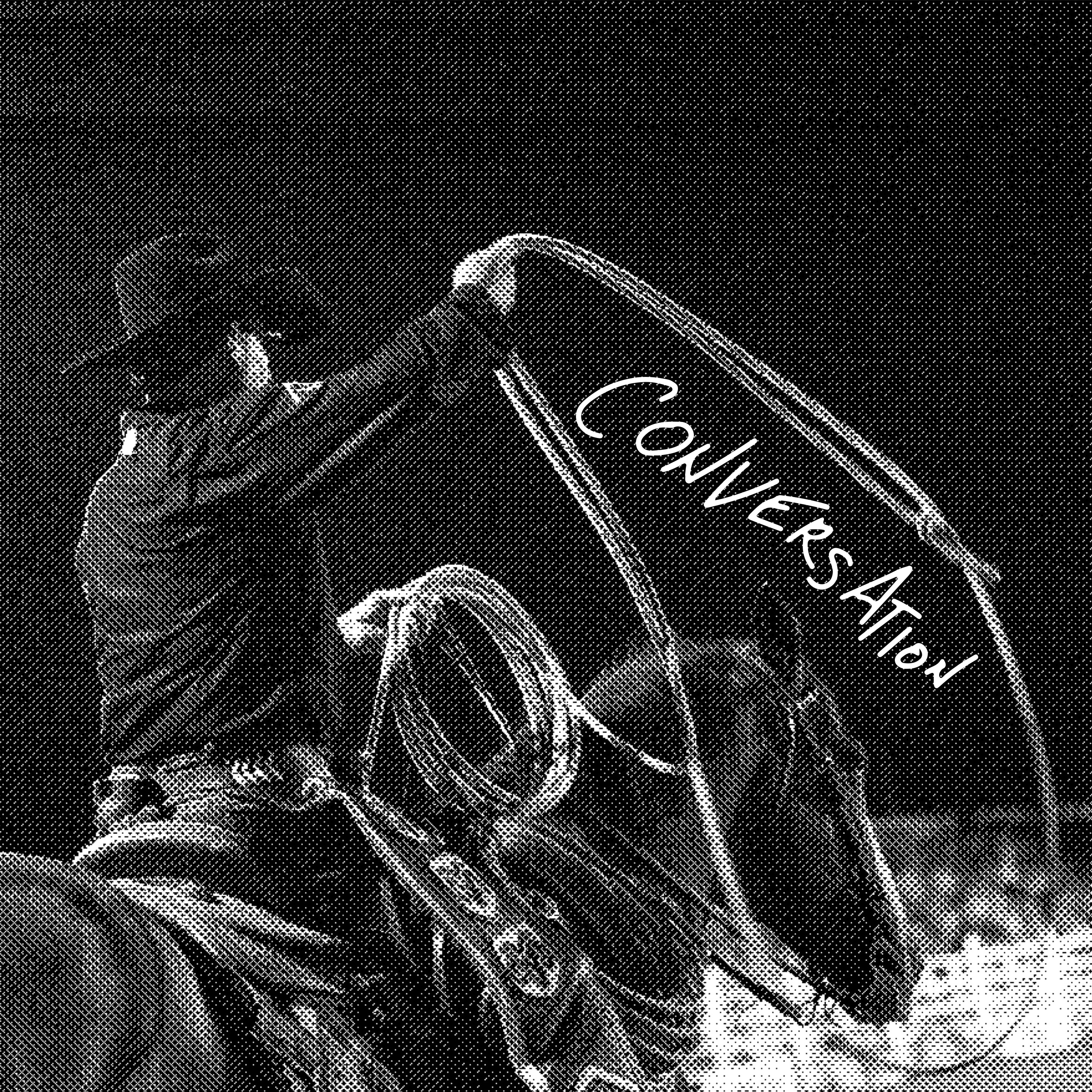The word has seemingly countless meanings. It’s no wonder new businesses (and even more mature and robust businesses) feel lost before they’ve even gotten started creating content.
Let’s take it back to the basics and answer the question: what on earth is content? Once we have that sorted, we’ll explore the difference between a content strategy and a content plan.
Content can come in one or more of the following formats:
- Copy—the written words
- Photos
- Videos
- Infographics
- Illustrations
These elements can come together to create different content types, like:
- Blog posts
- Website content
- White papers
- eBooks
- Social media posts
- Webinars
- Email newsletters
- Podcasts
- Look books
- Branded magazines
WTF is a content strategy?
The goal of a content strategy is answering “why?”—why your brand and products matter, why people should care and why you’re creating the content.
Your content strategy should be informed by your larger business goals. Those goals are typically created annually, and can even be revisited quarterly as business priorities shift. Expanding to a new market? Launching a new product line? Hiring like crazy? Build your content strategy around these milestones—and track your success with measurable KPIs.
Key elements to include in your content strategy:
- Business goals: What are you trying to achieve this year? Include 3-5 company-wide goals that everyone is working collectively towards.
- Key messages: What do you want your audience to know about you? These 4-5 short specific, targeted messages should keep everyone who is communicating on behalf of the brand on the same page.
- Content KPIs: What do you want to achieve with your content? Identify a few key performance indicators—they should be specific and measurable, like article views, click-through rates, or email newsletter signups.
- Audience personas: Who are you talking to? Define and personify 2-3 audience groups. Clearly define their age, income, location, values, needs and pain points.
- Story pillars: What are you talking about? Create 3-4 story pillars (or content buckets) that your content will support. These can be closely tied to your key messages, but represent broader categories like conservation, innovation or humour.
- Key distribution channels: Where will you share your content? Identify your channels—like email, blog and social—and ideally, craft a distinct channel strategy for each one.
What is a content plan?
The goal of a content plan is to have a clear workflow and process for executing your content strategy. Where your strategy is all about ideas, your plan is all about tactics. Its spells out how and when you’ll execute your content strategy. Plans are typically broken up by month and even better, by week and day. It can come in the form of a calendar or spreadsheet, or may live in a digital platform that centralizes all your content (like Coschedule or Hootsuite). It should be accessible to all those who are creating content for your brand.
Your plan should line up with key dates—like holidays, product drops, events and larger brand initiatives—that may have related content.
Key elements to include in your content plan:
- Channel: Facebook, YouTube, blog, landing page etc.
- Content Type: Video, boomerang, blog post, etc.
- By When: Date and time assets need to be complete
- Live Date: Date and time each piece of content should be published
Why have a content plan?
Why is it so important to spend time creating a plan, and not just start executing?
- Your plan ensures you hit all the brand story pillars outlined in your strategy.
- It makes expectations clear, so no one is struggling to come up with an idea the day or moment something needs to go live.
- It ensures you don’t miss key holidays (like that Mother’s Day promotion you wanted to do).
- It helps you extend the life of your content by visualizing opportunities to tell a story in multiple ways.
- It helps create a bigger impact. Planning ahead gives you time to consider whether to produce content for teasers, if you should create a waitlist to build anticipation, or if you should plan strategic campaign pulses following an announcement to continue conversation and traction.
The most important thing to keep in mind in your strategy and plan is your audience. Content that has been carefully planned and crafted with your audience top of mind will build a loyal and engaged following. But it takes time, forethought and patience. Rome wasn’t built in one day, and neither was Everlane’s highly-celebrated Instagram feed.


